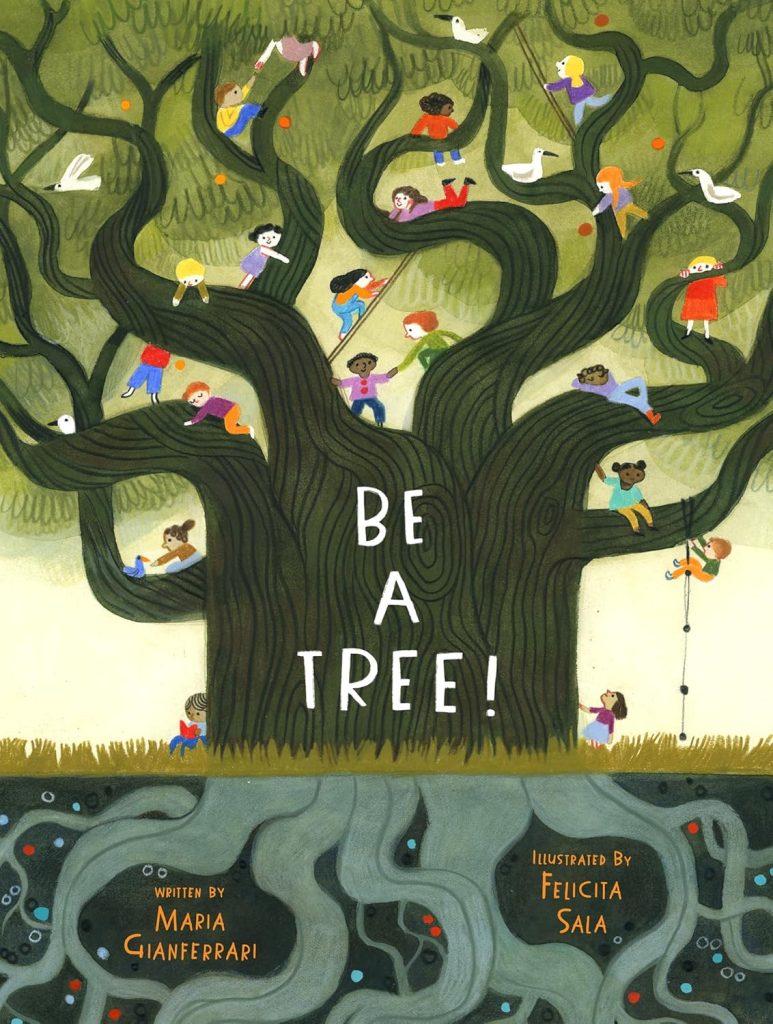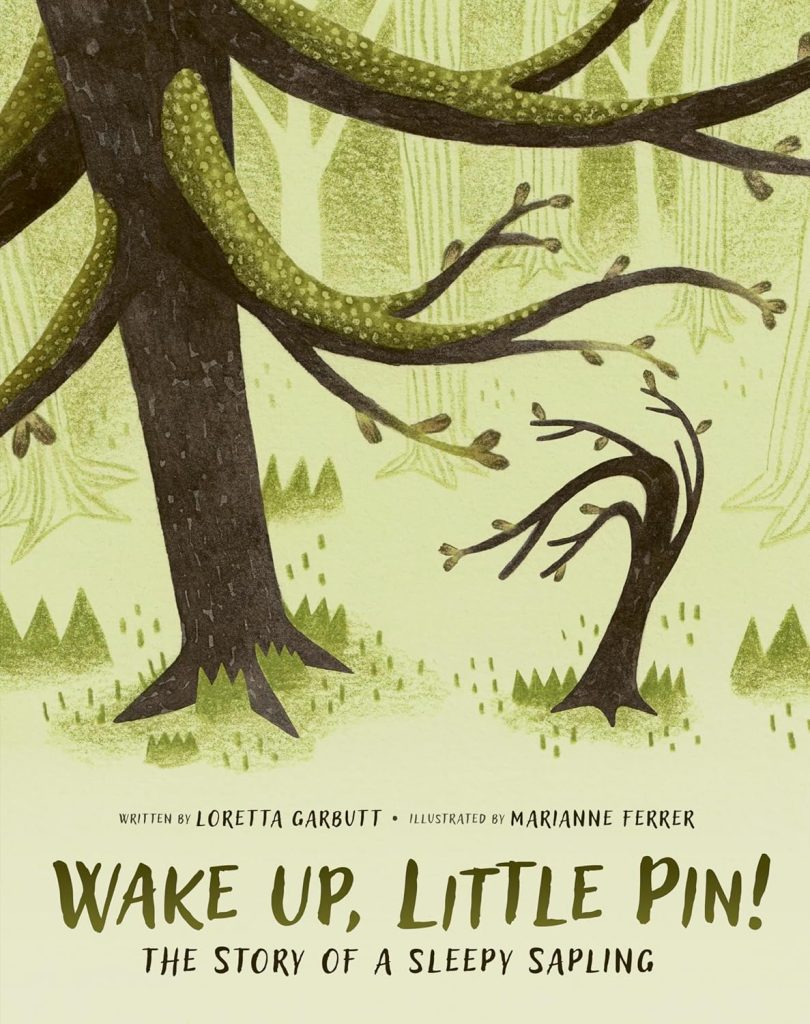ARBOREAL ATELIER PROJECT
Responses to an inspirational book can take many forms – in this case Holly B.F. Warren had art in mind.
Interpretation, metaphor, and art
Reading is often an invitation to step into our imagination, and when combined with reflection and creativity, it can become transformative. The starting points for a very broad group of children aged 3 to 14 were two evocative narratives: ‘Be a Tree’ by Maria Gianferrari and ‘Wake Up, Little Pin’ by Loretta Garbutt, which not only sparked conversations about growth, connection, and nurture but also laid the foundation for an art activity rooted in the principles of the Reggio Emilia educational approach through an Atelier experience.
Listening and interpreting
The activity began with a shared reading of the two books. The lyrical prose of Be a Tree explores trees metaphors for interconnectedness and resilience, while the gentle awakening tale of Wake Up, Little Pin, celebrates nurturing care. As the children listened to the books being read, they were invited to reflect on a personal question: “If you were a tree, what kind would you be and how would you be nurtured to grow?”
This open-ended approach prompted thoughtful discussions among the children, each interpreting the narratives through their unique lens. Their responses were diverse: some envisioned themselves as towering oaks, rooted in strength, while others saw themselves as delicate blossoms, cherished for their fleeting beauty. They spoke of sunlight as joy, rain as creativity and soil as safety and comfort, metaphorical plant food that hinted at their inner needs for a welcoming world filled with play, companionship, and wonder.


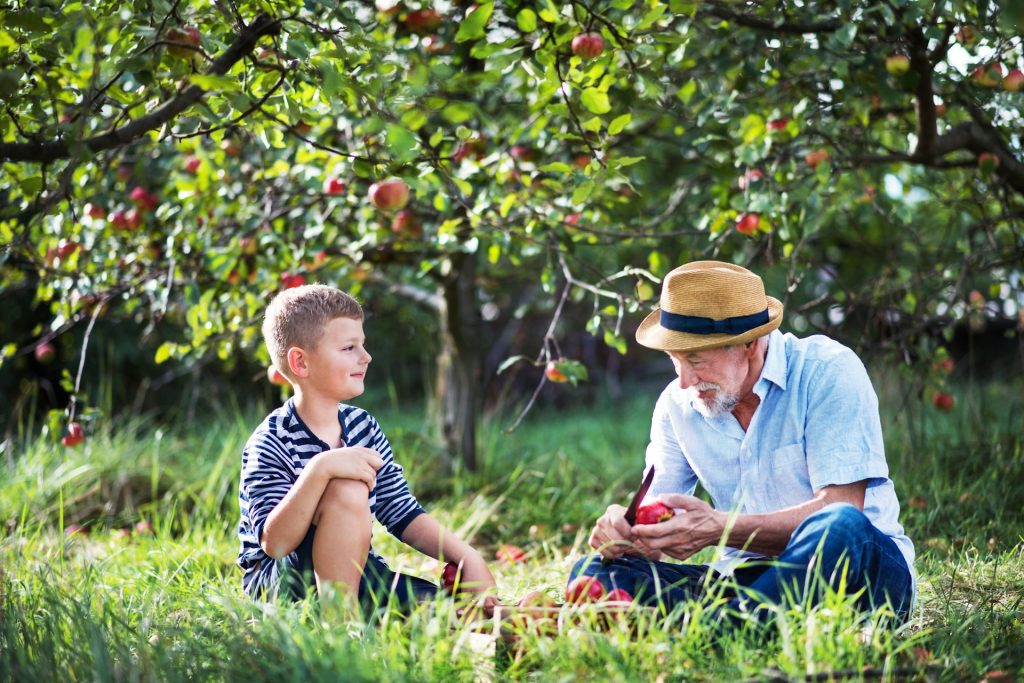
Plant Food
The core of the children’s interpretations revolved around the metaphor of ‘plant food’ not merely as sustenance but as an intangible ingredient that fosters growth in both trees and humans. In their discussions, plant food became synonymous with the values of emotional nourishment: joy, creativity, safety, and companionship, empathy, connection and care. These abstract concepts were expressed with poignant simplicity by the youngest participants, while older children articulated more nuanced perspectives, interweaving personal experiences and aspirations into their interpretations.
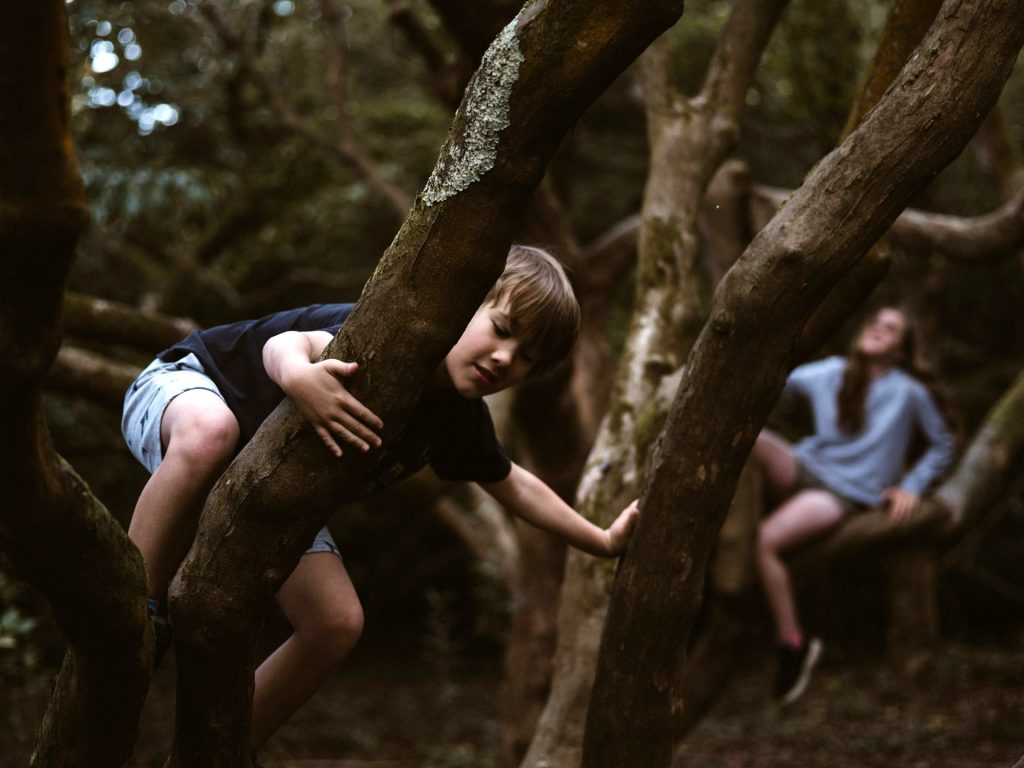
The Reggio Emilia – inspired Atelier experience
Building on the themes explored in the readings, the children transitioned to an art activity designed in alignment with the Reggio Emilia educational approach. This philosophy emphasizes exploration, agency, and the free flow of ideas, encouraging children to be both participants and creators in their learning journey.
The experience through art started with a twig. Each child selected one that resonated with their personal vision of a tree. The twigs, varied in shape, size, and texture, symbolized individuality, and the infinite possibilities of expression. Selecting a twig became an act of self-recognition, a deliberate choice that reflected the child’s identity at that moment.
I provided a selection of traditional materials such as different textures and colours of paper and card, buttons, threads, string, pipe cleaners alongside natural elements like leaves, flowers, seeds, and fibers. The children were encouraged to freely combine these materials, exploring combinations of textures, colors, and forms to craft their unique trees as their own arboreal identities.
Some creations were boldly colorful, some with delicate details and intricate patterns, while others embraced minimalism, utilizing subdued tones or focusing on organic elements from nature. The children’s choices spoke about their own perspectives. Some explored themes of community and collaboration, adding branches to symbolize connection, while others focused on solitude and reflection, emphasizing roots and grounding.
Perhaps the most remarkable outcome of the activity was the unique nature of each tree. No two creations were alike and each reflected the individuality of its maker. The children expressed their ideas in ways that transcended verbal communication, letting their art speak for them. The diversity within the group showcased how deeply personal this exercise had become. Each tree stood as a testament to its creator’s vision, yet they were connected through a shared creative response, like an intricate wood wide web.
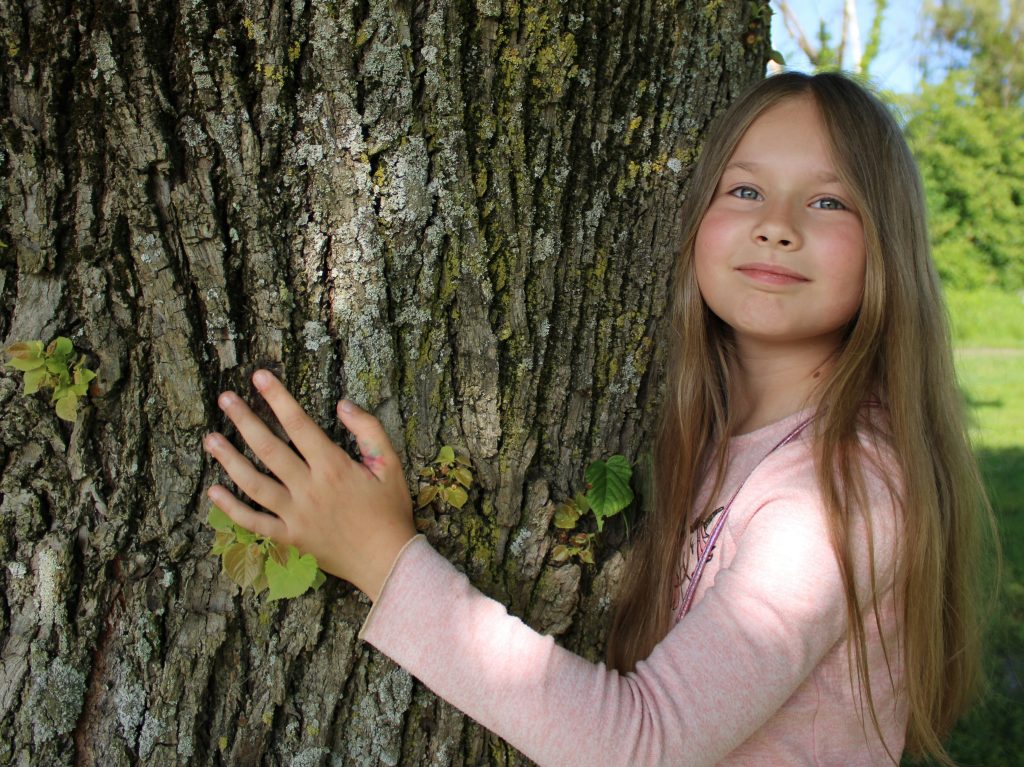
Reflections
The experience of reading Be a Tree and Wake Up, Little Pin, combined with the Reggio Emilia-inspired Atelier, facilitated a layered exploration of self, community, and creativity. The children not only engaged with the narratives but also interpreted them through metaphors that resonated with their own lives. The art activity empowered them to visualize these reflections, merging storytelling and creation in a harmonious dance.
This journey highlights the power of literature and art to ignite young minds, fostering imagination, empathy, and self-expression. By nurturing these qualities, we create an environment much like the metaphorical plant food of their trees where children can flourish, drawing strength from joy, creativity, companionship, and safety. In the end, the trees they built were not merely artistic representations but testimonies to individuality and the possibilities of growth.
Can this experience draw us nearer to designing experiences towards holistic connections?

Video documentation of the project across 3 different settings in Italy
At a public library https://vimeo.com/1093777932
At a bookshop https://vimeo.com/1093780797
In an International school https://vimeo.com/1093779081
FEATURE IMAGE: by Travis Leery on Unsplash
Support Images: by Peter Herrmann on Unsplash, Volodymyr Fedorychak on Unsplash, Getty Image For Unsplash+, Annie Spratt on Unsplash & Ira Kuziv on Unsplash
The post READ, DISCUSS, CREATE appeared first on Consilium Education.



